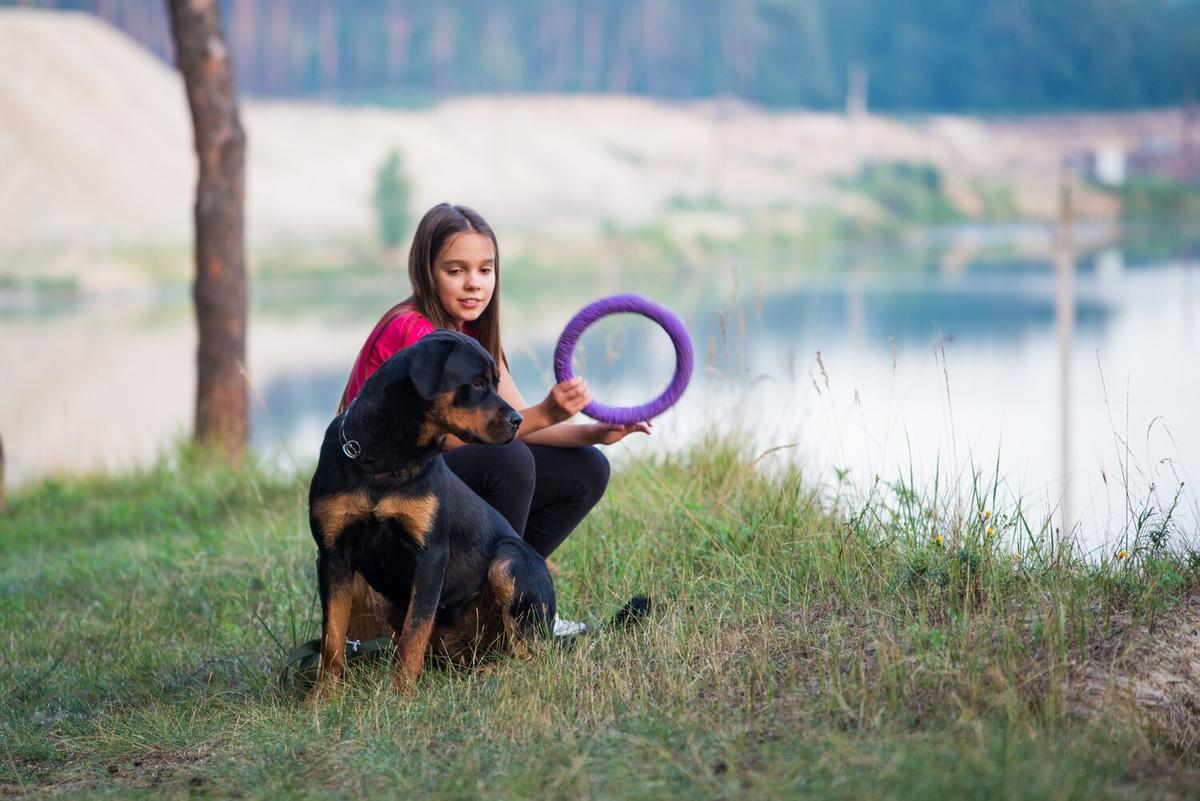
Using Positive Reinforcement in Pet Training
Training your pet can be a rewarding experience, not only for the animal but also for you as an owner. Positive reinforcement is a proven method to encourage good behavior in pets, transforming training sessions into enjoyable moments for both parties.
Positive reinforcement involves rewarding a pet for displaying desired behaviors, thereby increasing the likelihood that the behavior will be repeated. This approach relies on the principle that animals, like humans, are more likely to repeat actions that result in positive outcomes.
Why Positive Reinforcement Works
According to Dr. Karen Overall, a noted veterinary behaviorist, positive reinforcement is essential because it builds trust between the pet and the owner. Unlike punitive measures, this method enhances a pet’s confidence and encourages learning.
Research and Statistics
A study published in the Journal of Veterinary Behavior highlighted that dogs trained with positive reinforcement showed fewer behavioral problems compared to those trained with aversive methods. This underscores the effectiveness of positive reinforcement in promoting desirable behaviors.
Real-Life Examples
Consider Lucy, a Labrador Retriever who was initially shy and unresponsive. Her owner used treats and praise to reward her for small achievements, like responding to her name. Over time, Lucy became more confident and eager to learn new commands.
Actionable Tips for Pet Owners
- Use Consistent Rewards: Choose a specific type of treat or toy as a reward and use it consistently to reinforce behaviors.
- Timing is Key: Reward your pet immediately after the desired behavior to establish a clear connection between the action and the reward.
- Be Patient and Persistent: Training takes time, so patience is essential. Celebrate small victories and build on them.
Comparison Table: Positive Reinforcement vs. Negative Reinforcement
| Aspect | Positive Reinforcement | Negative Reinforcement |
|---|---|---|
| Method | Rewarding desired behavior | Removing an unpleasant stimulus |
| Outcome | Encourages learning | May cause fear or anxiety |
| Emotional Impact | Builds trust and confidence | Can damage the pet-owner relationship |
| Effectiveness | Highly effective for long-term behavior change | Effective short-term, but less reliable long-term |
| Examples | Treats, praise, playtime | Withholding attention, time-outs |
Frequently Asked Questions
What types of rewards work best for dogs?
Food treats, toys, and verbal praise are common rewards for dogs.
Can positive reinforcement be used for all pet types?
Yes, positive reinforcement can be adapted for different animals, including cats, birds, and even reptiles.
Conclusion
Positive reinforcement is not just a training method; it’s a pathway to a stronger bond with your pet. By focusing on encouragement and patience, you can create a harmonious environment that fosters learning and joy. Consider implementing these strategies in your training routine and observe the positive changes in your pet’s behavior.


